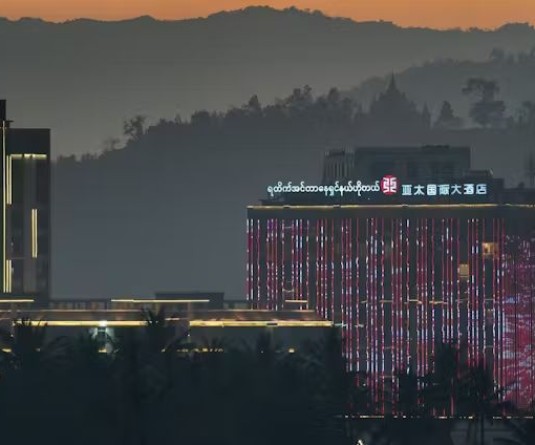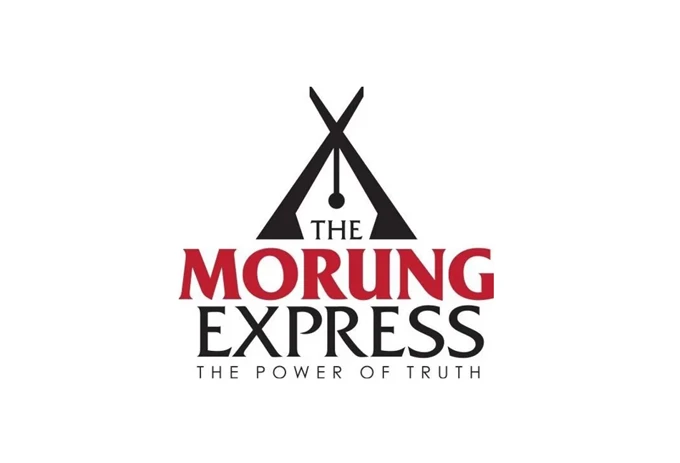
REDLANDS - “O-Hi-Yo,” sweet sounds of freedom, echoed through the sanctuary of the First Baptist Church of Redlands on June 6.
The a cappella performance wove traditional Naga songs with choral arrangements that blended Western and Naga influences. Afterwards, the Nagaland Chamber Choir finished its U.S. tour and headed to South Korea for a week before returning to Nagaland.
The spirituals, gospel and patriotic songs reminded the American audience of the passion and hope for freedom that many in this country have only read about throughout our history. The Nagas sing not only for entertainment, but for the yearning of the freedom to self-govern. Most of the songs were composed and arranged by Kughaho Chishi, the choir’s conductor.
Chishi captivated the Redlands audience with his ability to capture the purity of Naga music and rhythm in his choral pieces. He is a warm and talented young man with a promising career as one of Nagaland’s leading composers, and plans to return to the United States to pursue a doctorate in music at Southwestern Baptist Theological Seminary in Fort Worth, Texas.
The Nagaland Chamber Choir was established by a group of dedicated Naga professionals, trained in some of the finest music institutions around the world. The choir was formed to promote and bring a high level of professionalism to church music in Nagaland. Members include composers, conductors, singers, musicians and teachers. Many choir members also hold advanced degrees in music.
The choir’s primary vision is to provide a platform for musicians where their talents are sustained and shared with all churches, tribes and peoples. The choir not only performs, but seeks to instruct local Naga talents. They have promoted cultural music inside and outside Nagaland.
“Our world tour was to show the international community, and especially America, the good that resulted in the efforts of your (American) missionaries,” said the Rev. Phughoto Sema, director of Nagaland Development Outreach.
“See the fruits of your work,” he said. “Once we were known as fierce headhunters where fear and warfare dominated Naga society. Now, you can hear the beauty that radiates from our people. These are trained musicians and professionals using their skills to enhance the lives of our people in a region where unemployment and poverty run rampant and where we cannot determine our own future.”
As the United States celebrated its 230th Independence Day this month, parades with bands playing songs of American pride and backyard barbecues were events of choice. For Nagas who have yet to experience independence, this month marks the end of a 10-year ceasefire between India and their state of Nagaland, making the futures of both peoples uncertain.
“We do not want to take up arms,” said Sema. “The ceasefire has been a good thing. However, if our families, friends and neighbors are threatened, then we must protect ourselves and our communities from India’s military advances.”
Nagaland is considered to be part of India as a result of how the country was arbitrarily divided when Great Britain granted India its independence in 1947. The State of Nagaland was formally inaugurated on Dec. 1, 1963, as the 16th state of the Indian Union. India has claimed Nagaland while the Nagas have sought independence.
“It does not make sense why we are part of India because of decisions that were made by other countries,” said Y. Vikheho Swu, who traveled with the choir on this tour. “The Nagas and Indians have completely different cultures, languages, religions and historical identities.” “It is ironic that a country that once was granted its own independence will not allow the Nagas the same privilege.”






